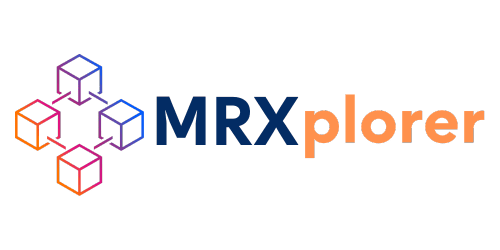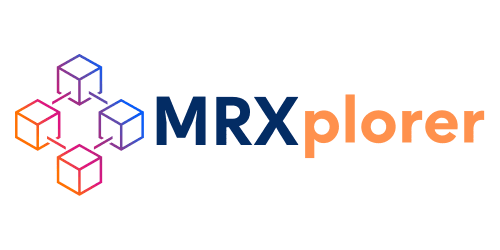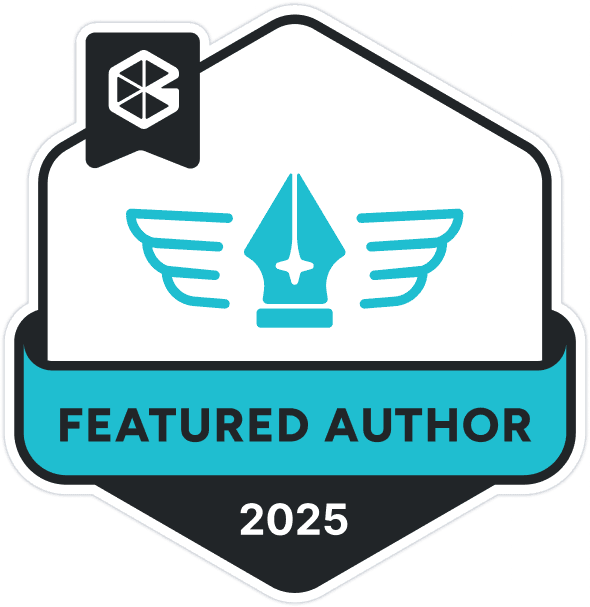Needs and Current State Assessment

How many seats?
A large technology company was paying for 10 seats for the specialized analytic tool, SPSS. The list of people who had registered to gain access to one of those seats was 4x-5x the number of seats available, leading the team to believe every seat was needed. When it came time for the license renewal, we decided to look into how we could negotiate pricing for the access it seemed we needed.
First we cleaned up the list of users, then sent a quick poll to ask how the software was being used.
We found most people were using it to open a file from a vendor and save it in a different format. We successfully dropped the number of seats licensed without sacrificing employee experience or productivity. You never know where savings might be found!
Below are the five areas that we focus on to get a full picture of your tech stack and that we use to uncover ways your tech stack can be streamlined for your team.
Usage
Usage comes in a few forms - subscription usage to date and planned usage; seats purchased as part of a license; and other ways that research technology might be priced (number of questions in a study; number of responses received; etc.).
Making sense of these and doing the proper forecasting can be tricky and requires a bit of research discovery to understand your team's research annual research project load. Once the project load is mapped out, it becomes easier to forecast usage and identify gaps or extra room for usage on a platform.
Experience
Just because the usage is in line with expectations and with the forecast doesn't mean the experience your team is having with the tools is encouraging them to continue using the tool. Understanding the experience - positive and negative - can help you identify gaps and opportunities for finding solutions that may provide a better fit for your team's purposes.
Scalability
As research needs continue to grow, your tools need to scale with the demand. Looking into how long a project takes from start to finish for each tool, mapped against how often those projects are requested (and potential for increasing in frequency) can identify whether or not the tool will allow for the scale your team needs.
Interoperability
Some platforms have specialized file formats that are incompatible with other tools. Other platforms will only host the data you've collected on their platform and downloading the data may be more difficult than expected, especially if needed to use alongside data from other tools or other sources. Knowing which data sets will need to combine together can help you narrow the list of providers who can support the data formats and accessibility you need. Checking this against your company's IT requirements may also uncover limitations you didn't know you needed to search for, such as data privacy features.
Coverage
While no research technology company can support every type of study beautifully, many platforms are quite flexible and support a number of methodologies. For example, a tool that your team is using for quick-turn qualitative studies might also offer data uploads from other qualitative work that can then be analyzed together for a more holistic view of your customer. Exploring the breadth of the tools you have at your disposal can uncover opportunities to consolidate licenses and subscriptions without sacrificing productivity or insight quality.


